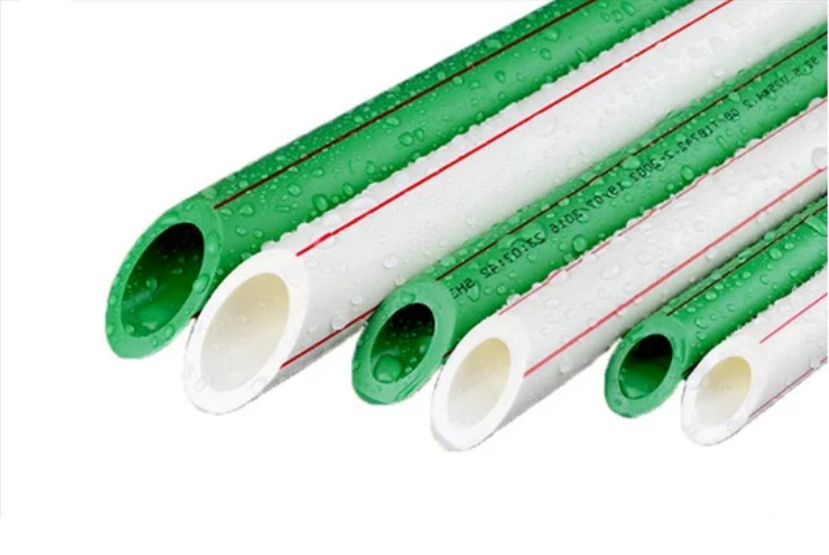Which is Better- PPR or PVC Pipes?

In recent years, the industries have witnessed an exuberant use of PPR pipes as compared to PVC pipes. While both tubes offer advantages over the other, it is better to know your options before going for one.
The pipes made from Polypropylene Random are called PPR pipes. These are combined with the help of fusion welding to ensure a uniform plastic system. The resulting PPR pipe is suitable for both hot and cold water supply systems as well as other applications.
What are PPR pipes?
As mentioned, these pipes are made from a continuous extrusion process from Polypropylene Random to create a straight and cylindrical pipe. Usually, these are either green or white color with an outer diameter ranging from 20mm to 110mm, making them thicker than PVC.
Can PPR be used in place of PVC?
Owing to the robustness of PPR, most industries go for PPR instead of PVC. Also, the expert finishing provided by PPR is exemplary. Although PPR is taking a toll on the budget, it is worth every dime to avoid problems associated with PVC.
What are the Differences between PPR pipe and PVC pipe?
- PVC is made of polyvinyl chloride, and PPR is made of random copolymer polypropylene.
- PPR pipes are sturdy, offer great quality, and are available in poor color options. On the other hand, PVC pipes are milky white, more rigid than PPR with a shiny outer surface.
- Although the diameters of both PPR and PVC pipes are similar yet PPR pipes are thicker than PVC.
- PVC pipes are cost-effective than PPR.
- PPR pipes are non-corrosive, lightweight, and provide long service.
- Also, PPR pipes are non-toxic and safe to be used in hot and cold-water systems as well as for drinking systems. On the other hand, PVC can be a little scented or acidic.
- The thicknesses of PPR pipe and PVC pipe are the same; thus, there is no variation in pipe diameter. The most significant distinction is between the wall thickness of PPR and PVC pipes. The PPR pipe’s wall is generally thick under the same pipe diameter.
- Compact design, high anti-corrosion efficiency, no clogging, and extended service life are all characteristics of PPR pipe. PPR pipes are also safe and non-toxic, and they may be used in both warm and frigid water pipelines and potable waterways.
Why is PPR better than PVC?
PPR pipe offers plenty of advantages over PVC pipes. Here are the reasons why you need PPR piping systems
- Uniform inner surface
Unlike other pipes, PPR pipes have a uniformed inner wall or surface, giving them an edge to resist friction. Furthermore, the smooth and uniform inner surface also decreases the pressure during transportation or disturbance in the fluid. Also, the PPR pipes do not flake, which makes them a safe option for drinking water systems.
- Non-toxic
The toxic chemicals released from the pipes can prove to be fatal. However, the fittings made from PPR are harmless. Therefore, drinking water systems made from PPR are considered safer. Also, these pipes are safe for us and the environment as the production or installation does not cause pollution.
- Low Conductivity
Another advantage of PPR pipes is that they possess low thermal conductivity, which makes them ideal for both hot and cold water supply systems. Usually, these are used in modern buildings with glass wool insulation systems to provide excellent energy efficiency.
Takeaway
Gone are the days of PVC pipes when you have PPR pipe fittings. Not only will these pipes be advantageous for health, but they will also provide long-term service. So, if you are a homeowner or in the industry, make sure to secure your health and architecture by going for PPR pipes.



